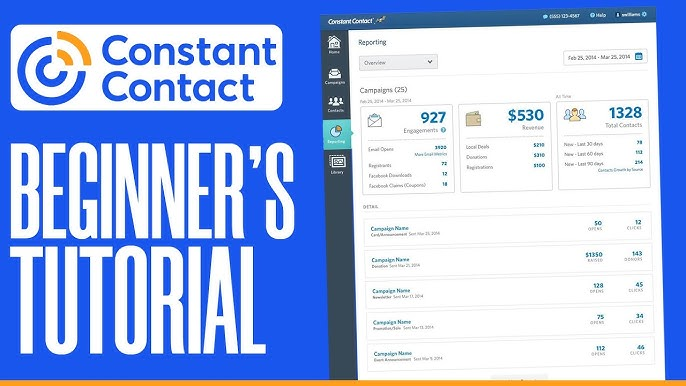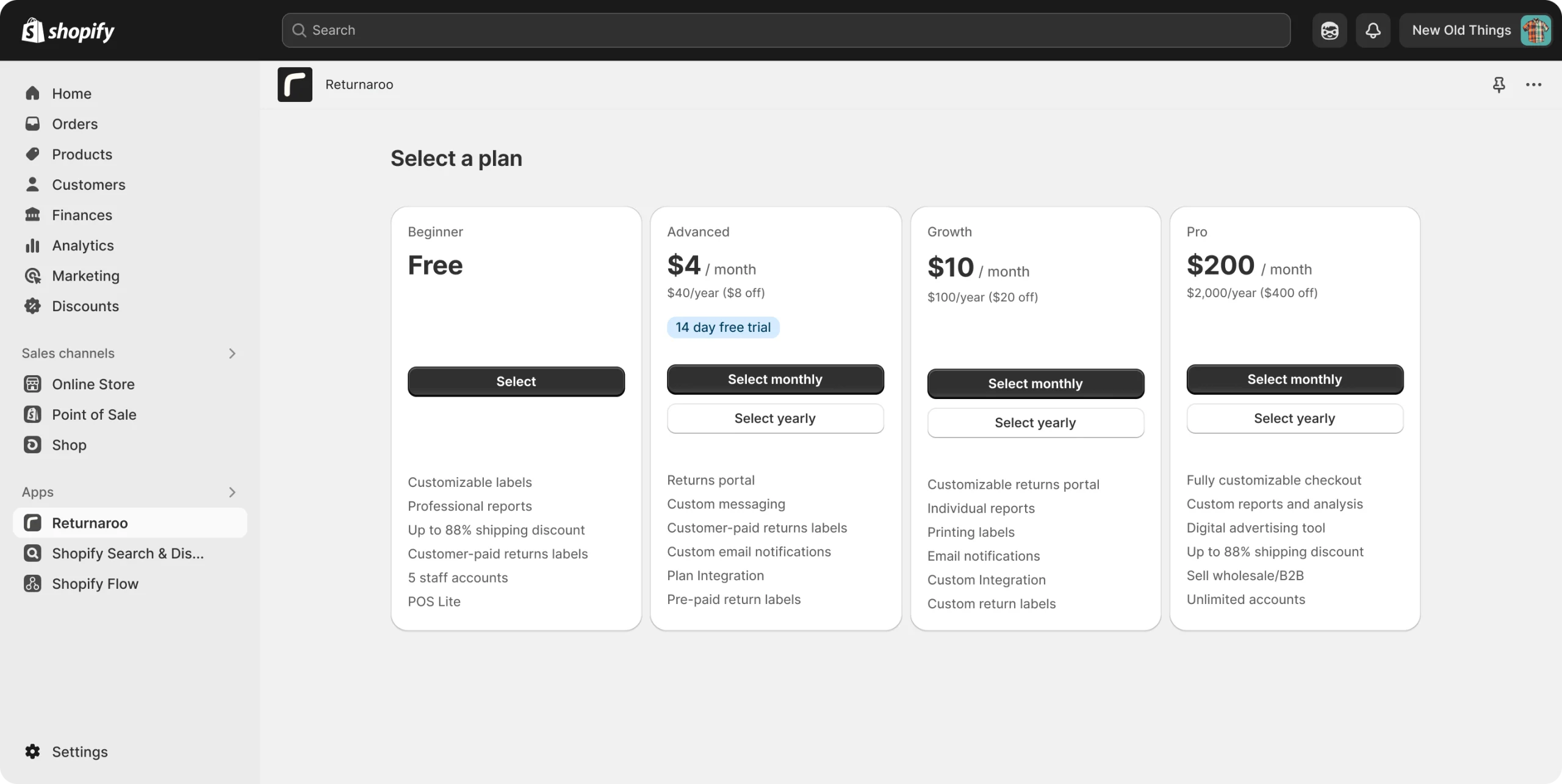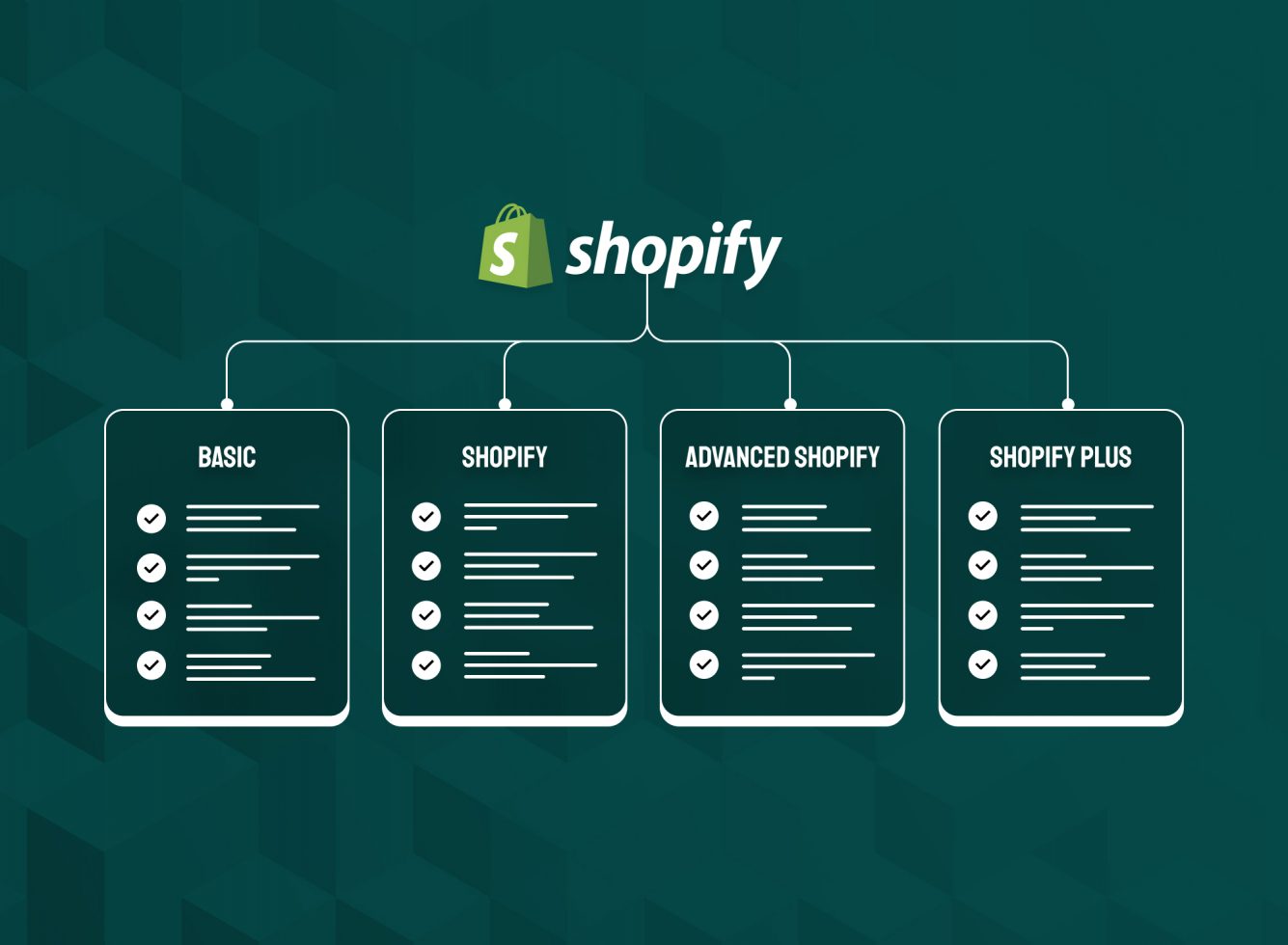One well-known email marketing tool that helps companies engage with their audience, create connections, and get results is Constant Contact. Whether you run a nonprofit organization or a small business, using Constant Contact can help you increase the efficacy of your campaigns and streamline your marketing. Here’s where to begin.
Set Up Your Account
Setting up your Constant Contact account is the first step. Visit their website to select a membership package that suits your needs or to join up for a free trial. To help the platform customize your experience, you will choose the kind of marketing you want to undertake and enter basic business information during setup.
Build and Manage Your Contact List
Concentrate on expanding your contact list as soon as your account is prepared. You can import your current contacts from Gmail, Excel files, and other sources using Constant Contact. Additionally, you can divide up your list according to factors like behavior, interests, or demography. You can make landing pages and sign-up forms for new contacts in order to generate leads via your website or social media accounts.
Create Engaging Campaigns
Making your first email campaign comes next after you have your list in place. Even for those without design skills, the platform’s drag-and-drop editor is simple to use. Starting with one of the numerous editable templates, you can add your brand’s colors, text, images, call-to-action buttons, and logo to make it uniquely yours. Every email you write is mobile-friendly, guaranteeing a seamless reading experience across all platforms.
Automate Your Marketing
Use automation features to increase the effectiveness of your email marketing. With Constant Contact, you can create email sequences that start when certain activities, like clicks or purchases, are taken, or you can set up welcome letters for new subscribers. This guarantees prompt communication with your audience and helps you sustain engagement with little work.
Analyze and Optimize Performance
Reviewing the results of your campaign is crucial after it has been sent. Open rates, click-through rates, bounce rates, and unsubscribes are among the comprehensive data offered by Constant Contact. You can learn what’s working and where you may make improvements with the aid of these metrics. To determine whether subject lines, photos, or material elicit the best reaction, you can also conduct A/B tests.
Expand Beyond Email
Reviewing the results of your campaign is crucial after it has been sent. Open rates, click-through rates, bounce rates, and unsubscribes are among the comprehensive data offered by Constant Contact. You can learn what’s working and where you may make improvements with the aid of these metrics. To determine whether subject lines, photos, or material elicit the best reaction, you can also conduct A/B tests.
Conclusion
In conclusion, anyone wishing to develop their brand and preserve deep connections with their audience would find Constant Contact to be simple and incredibly successful. Every feature, from account setup and contact list management to campaign creation and performance analysis, is made to be both impactful and easy to use. Constant Contact offers the resources you need to be successful, regardless of your level of experience or desire to improve your marketing strategy.












